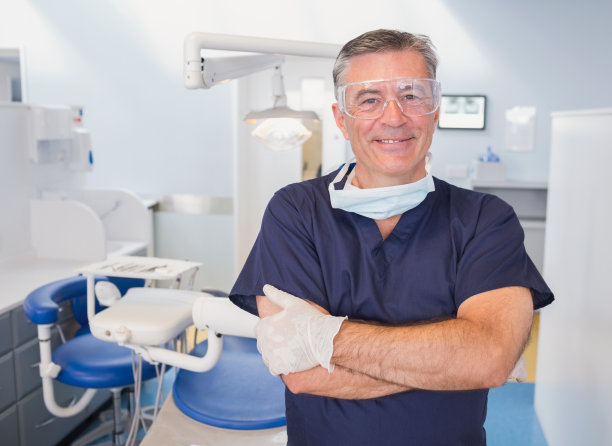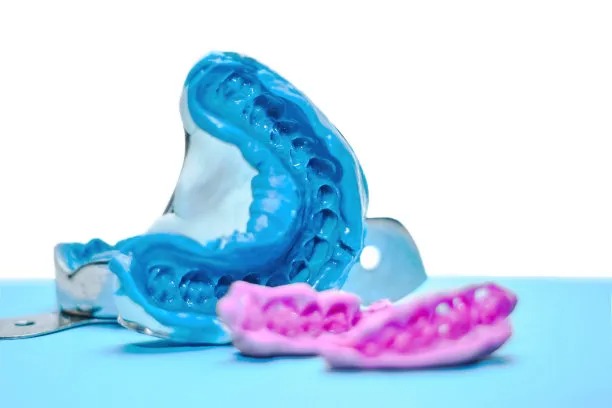Revolutionizing Smiles with Advanced Dental Implant Treatment Techniques for Enhanced Oral Health and Aesthetic Outcomes
Summary: Advances in dental implant treatment techniques have revolutionized oral health and aesthetics, offering patients a permanent solution to tooth loss. This article explores the most innovative approaches in dental implantology, highlighting the benefits of digital technology, improved materials, streamlined procedures, and enhanced aesthetic outcomes. By leveraging these techniques, dental professionals can significantly improve both the function and appearance of patients’ smiles, thereby elevating their overall quality of life. Additionally, this transformative approach is not only beneficial for aesthetics but also plays a critical role in long-term oral health, addressing the underlying issues left by tooth loss.
1. Integration of Digital Technology in Implants

In modern dentistry, the integration of digital technology has become paramount in enhancing dental implant treatment. Advanced imaging techniques, such as cone beam computed tomography (CBCT), provide detailed three-dimensional visuals of a patients oral structure. These images facilitate precise planning and placement of implants, ensuring optimal positioning for both functionality and aesthetics.
Furthermore, digital impressions have replaced traditional molds, making the process more comfortable for patients while enhancing accuracy. This technology allows for the production of custom-fitted dentures and crowns that align perfectly with the patients gum contours and bite, reducing the need for adjustments post-surgery.
The ability to use computer-aided design and computer-aided manufacturing (CAD/CAM) further optimizes the efficiency of dental procedures. This not only shortens the overall treatment time but also increases the likelihood of better fitting and highly aesthetic outcomes for the patients.
2. Advancements in Implant Materials
The materials used for dental implants have evolved significantly, contributing to improved success rates and longevity of the implants. Traditional titanium implants are now often enhanced with surface treatments and coatings that promote faster osseointegration, the process by which the implant fuses with the bone.
Additionally, zirconia implants offer a metal-free alternative that is aesthetically pleasing and provides excellent biocompatibility. These implants are especially beneficial for patients with metal sensitivities and are often preferred in anterior restorations due to their natural tooth-like appearance.
The introduction of bioactive coatings and advanced ceramic materials has also shown promise in improving the healing process. These innovations are crucial, as they help mitigate issues such as peri-implantitis and ensure that patients experience better overall oral health post-treatment.
3. Streamlined Treatment Procedures
Streamlined treatment protocols have transformed the patient experience and outcomes in dental implant procedures. Guided implant surgery allows for less invasive techniques, with fewer incisions and decreased healing times. This not only reduces discomfort but also accelerates recovery, allowing patients to return to their daily activities much sooner.
Immediate loading protocols are another significant advancement. They allow patients to receive a temporary tooth immediately after implant placement, thus enhancing the aesthetic experience and restoring confidence much faster. This innovative technique is particularly beneficial for those who have lost front teeth, as it minimizes the time without a smile.
Additionally, the use of sedation dentistry in tedious procedures enables patients to undergo treatments with reduced anxiety, creating a more pleasant experience overall. This approach results in higher patient satisfaction and encourages more individuals to pursue necessary dental work without fear.
4. Enhanced Aesthetic and Functional Outcomes
Ultimately, all innovations in dental implant technology converge to create enhanced aesthetic and functional outcomes for patients. The ability to customize implants and restorations means that dental professionals can cater to specific aesthetic desires, leading to results that are not only functional but also visually appealing.
With advances in tissue engineering and grafting techniques, patients can also achieve better contouring of the gums around implants. This attention to detail results in a natural-looking smile that seamlessly integrates with existing teeth.
Moreover, successful implants restore essential functions such as chewing and speech, which are often compromised with tooth loss. By prioritizing both aesthetics and function, advanced dental implant techniques significantly improve patients confidence and overall quality of life, making them a worthwhile investment.
Summary:
In conclusion, the realm of dental implants has witnessed a revolutionary transformation, characterized by technological advancements, innovative materials, efficient procedures, and improved aesthetic results. These changes not only enhance oral health but also significantly elevate the quality of life for patients. The convergence of these elements in dental implant treatment provides a promising outlook for the future of restorative dentistry.
This article is compiled by Vickong Dental and the content is for reference only.



